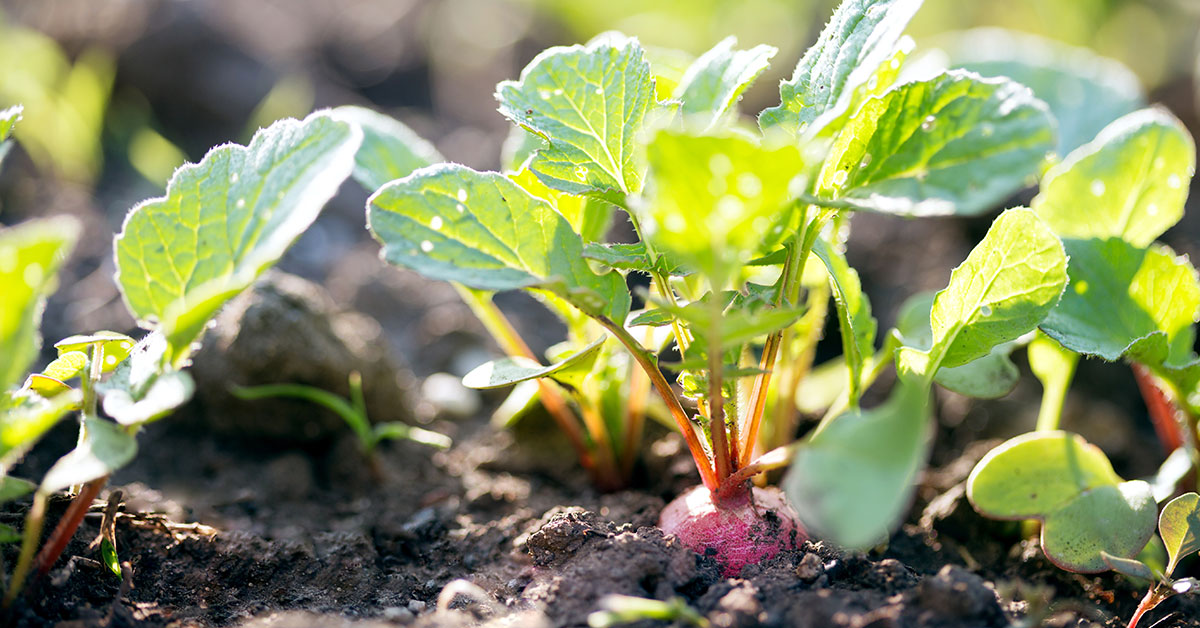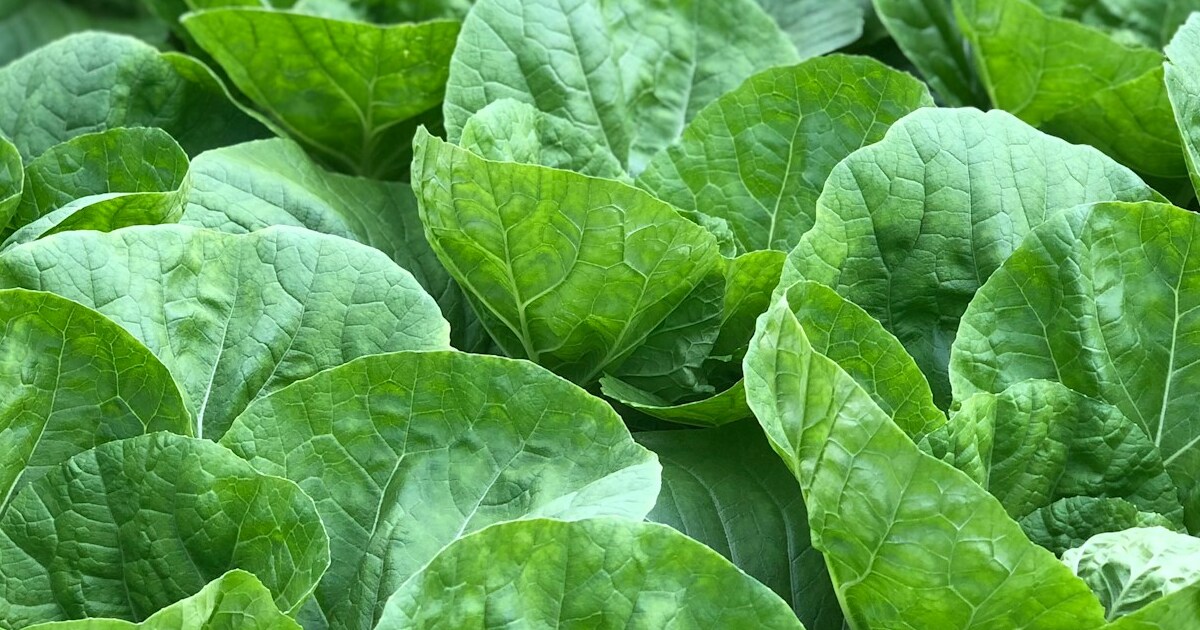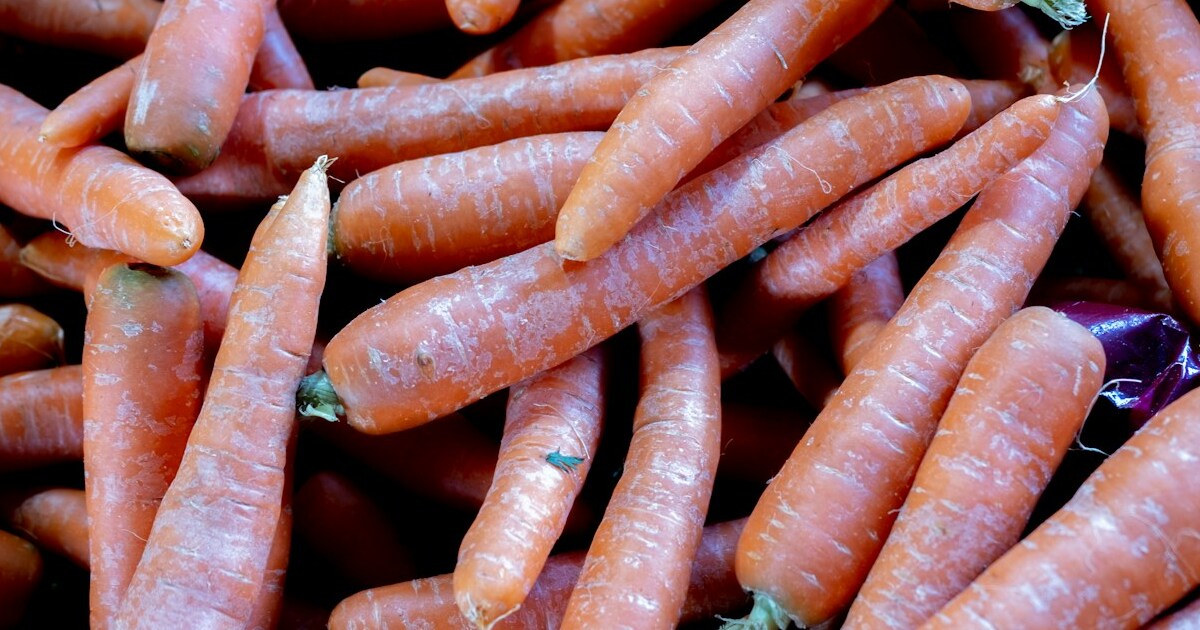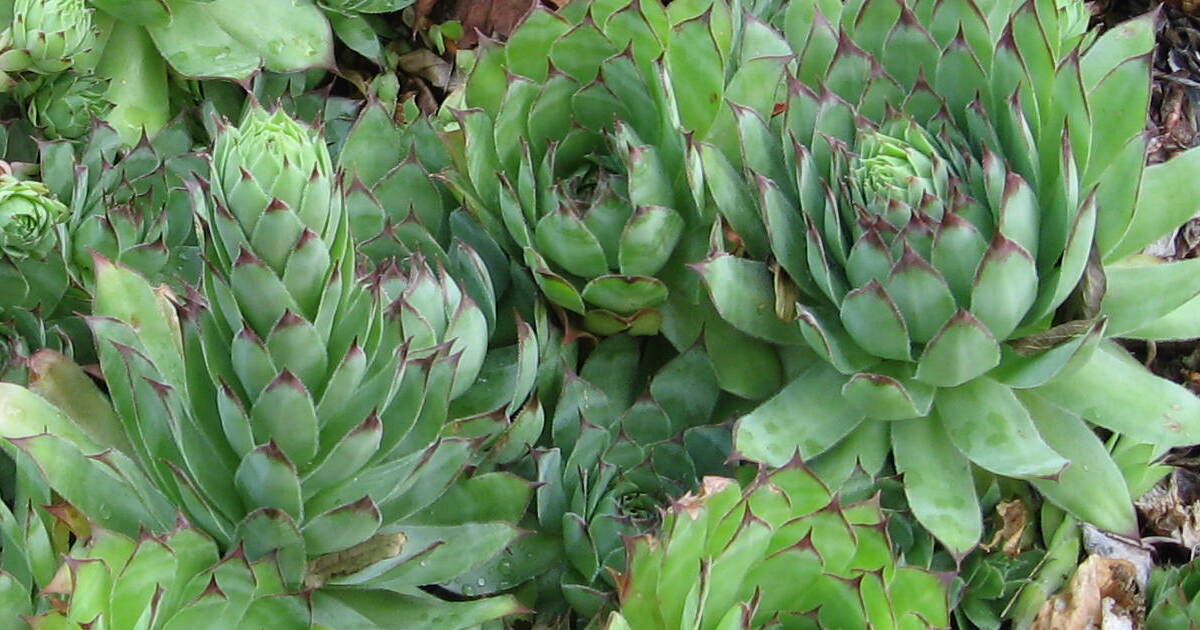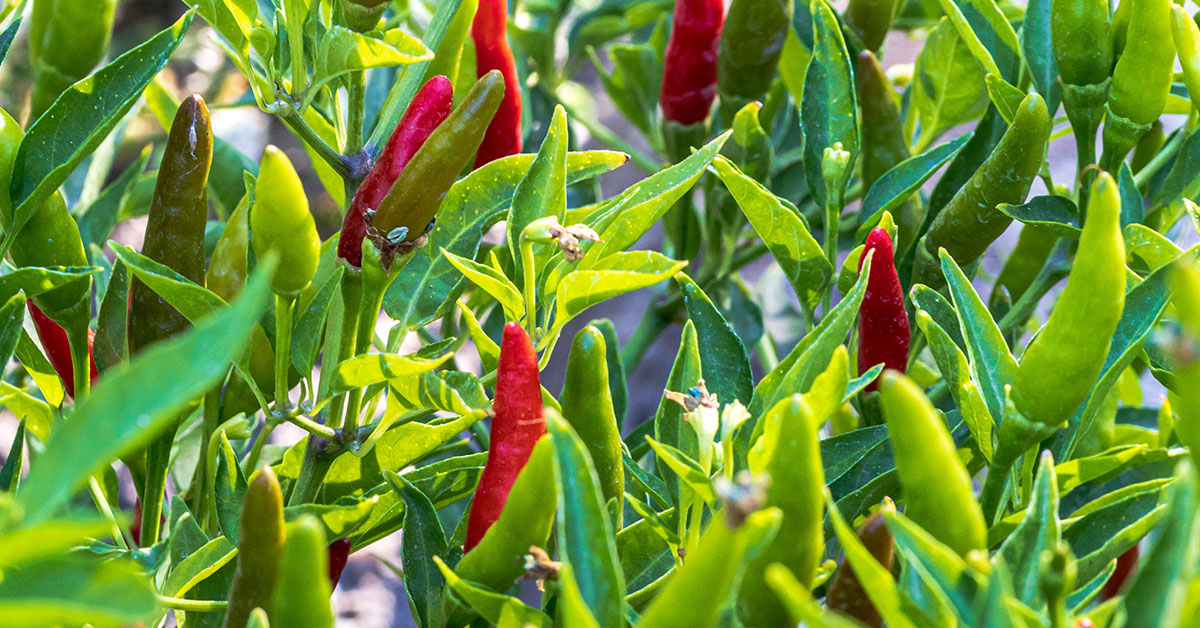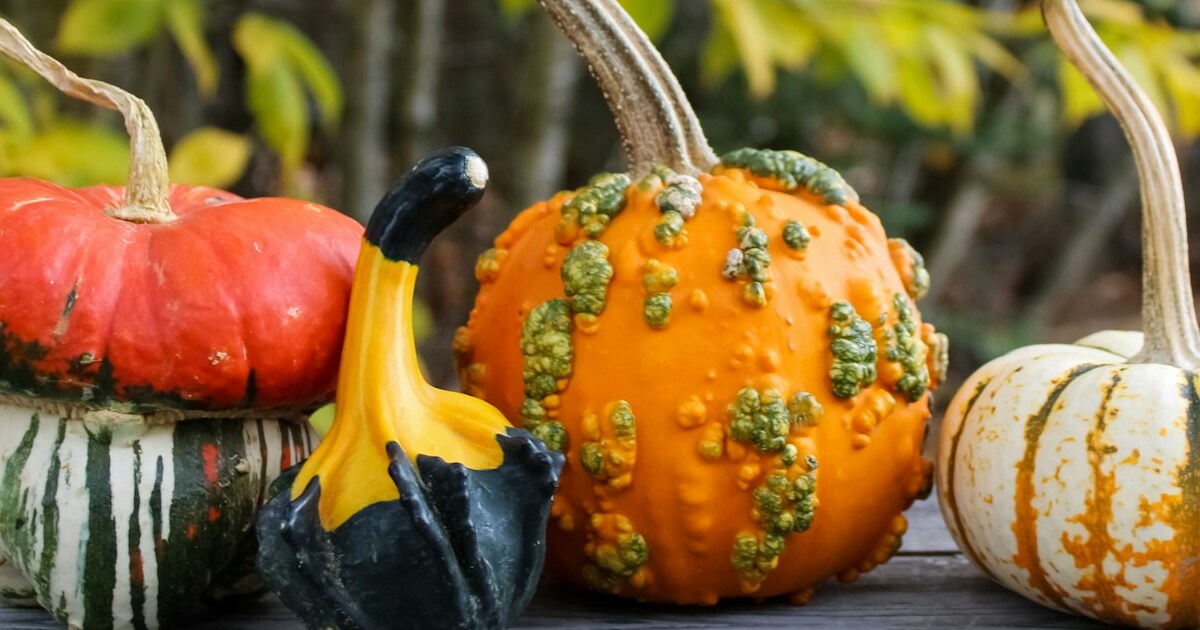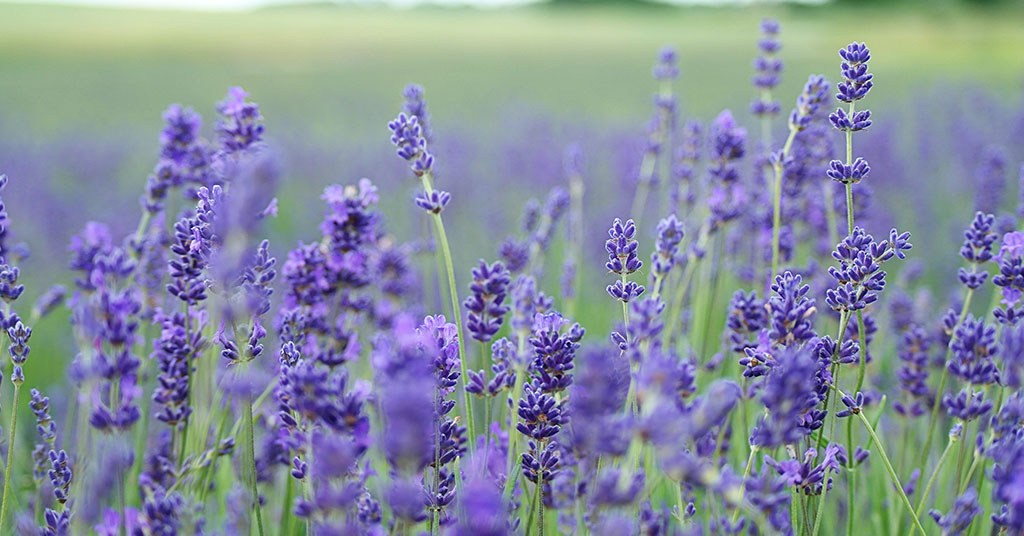Daikon radish is a versatile and nutritious vegetable that has been cultivated for centuries. Known for its distinct elongated shape and crisp texture, daikon radish is a staple in Asian cuisine and is gaining popularity in kitchens around the globe. With its mild yet slightly peppery flavor, this radish variety is not only a delightful addition to salads, stir-fries, and pickling recipes, but also offers an array of health benefits. From aiding digestion and boosting immunity to promoting healthy skin and detoxifying the body, daikon radish is truly a superstar in the vegetable kingdom.
In this article, we will delve into the fascinating world of daikon radish, exploring its origins, cultivation tips, culinary uses, and the myriad of ways it can enhance both your dishes and your well-being. So, whether you are a seasoned gardener, an adventurous cook, or simply someone looking to incorporate more nutritious ingredients into your diet, get ready to discover the wonders of daikon radish.
What is a Daikon Radish?
A Daikon Radish, also known as white radish or mooli, is a versatile root vegetable that belongs to the Brassicaceae family. It is native to East Asia, particularly China and Japan, but is now cultivated and enjoyed worldwide. Daikon radishes have a distinctive appearance, with an elongated cylindrical shape and a smooth, white skin. They can grow quite large, reaching lengths of up to 2 feet (60 cm) and weighing several pounds.
The flesh of the daikon radish is crisp, juicy, and white in color. In terms of flavor, daikon radishes have a mild and slightly peppery taste, similar to a regular radish but less pungent. The flavor intensifies when cooked, making them a popular choice for various culinary preparations. Daikon radishes are highly nutritious, low in calories, and rich in vitamins and minerals.
They are an excellent source of vitamin C, potassium, and folate. Additionally, they contain dietary fiber, which aids in digestion and helps maintain a healthy gut. These radishes are incredibly versatile in the kitchen and can be enjoyed raw, cooked, or pickled. When eaten raw, they add a refreshing crunch to salads and slaws. They can also be spiralized or grated to make daikon noodles or used as a substitute for regular radishes in recipes. When cooked, daikon radishes become tender and milder in flavor.
They can be added to soups, stews, stir-fries, or roasted as a side dish. In Asian cuisines, daikon radishes are often pickled to preserve their crunch and tanginess. From a gardening perspective, daikon radishes are relatively easy to grow. They prefer cool weather and well-drained soil. They can be sown directly in the garden or in containers. Daikon radishes typically take about 45-60 days to mature, and their tops can also be consumed as greens.
Overall, daikon radishes are a versatile and nutritious vegetable that adds flavor and texture to a variety of dishes. Whether eaten raw, cooked, or pickled, they are a delightful addition to any culinary repertoire.
What does Daikon Radish taste like?
The taste of a Daikon Radish is quite unique and distinct. It has a mild, slightly sweet flavor with a subtle peppery kick. The radish has a crisp and crunchy texture, similar to a carrot, but with a slight juiciness. When eaten raw, the taste is refreshing and slightly spicy, but not overwhelming. Cooked Daikon Radish tends to mellow out in flavor, becoming sweeter and less peppery. Overall, the taste of Daikon Radish is refreshing, mildly spicy, and slightly sweet, making it a versatile and delicious addition to various dishes.
How to start from seed
Starting Daikon Radish is a relatively simple process. Here are the steps to follow:
- Selecting the seeds: Purchase Daikon Radish seeds from a reputable seed supplier or nursery. Look for varieties that are suitable for your climate and growing conditions.
- Choosing the right time: Daikon Radish is a cool-season crop that prefers temperatures between 50-75°F (10-24°C). Ideally, start sowing the seeds in early spring or late summer for a fall harvest.
- Preparing the soil: Daikon Radish grows best in well-draining, loose soil. Before planting, prepare the soil by removing any weeds, rocks, or debris. Break up the soil and amend it with organic matter like compost or well-rotted manure to improve its fertility and drainage.
- Sowing the seeds: Create shallow furrows in the prepared soil, about ½ inch deep. Space the furrows 12-18 inches apart to allow enough room for the radishes to grow. Sprinkle the seeds evenly along the furrows and cover them lightly with soil.
- Watering: After sowing the seeds, water the area gently to ensure the soil is moist but not saturated. Daikon Radish requires consistent moisture throughout its growing period, so make sure to water regularly, especially during dry spells.
- Thinning the seedlings: Once the seedlings emerge and grow a few inches tall, thin them out to provide adequate space for each plant. Remove the weaker seedlings, leaving the strongest ones spaced about 4-6 inches apart.
- Fertilizing: Daikon Radish benefits from regular fertilization. Apply a balanced organic fertilizer according to the manufacturer’s instructions, or side dress with compost or well-rotted manure. This will provide the necessary nutrients for healthy growth.
- Managing pests and diseases: Keep an eye out for common pests like flea beetles, aphids, or cabbage worms. Use organic pest control methods or insecticidal soaps if necessary. Daikon Radish is generally resistant to diseases, but proper crop rotation and good garden hygiene can help prevent any potential issues.
- Harvesting: Daikon Radish is ready for harvest within 45-60 days, depending on the variety and growing conditions. Pull the radishes out of the ground when they reach their mature size, usually around 12-18 inches long. Harvesting can be done gradually as needed, but make sure to harvest before the radishes become woody or overly pithy.
- Storing: Daikon Radish can be stored for a few weeks in a cool, dark, and humid environment. Remove the tops, wash the radishes, and store them in a perforated plastic bag or airtight container in the refrigerator.
Remember to read the specific instructions provided on the seed packet for the variety you choose, as some variations in planting depth, spacing, or growing requirements might exist. Happy gardening!
Planting and growing Daikon Radish
Planting and growing Daikon radishes can be a rewarding experience. Here are the steps you can follow:
- Choose the right time: Daikon radishes are cool-season crops, so it’s best to plant them in early spring or late summer. Check your local climate and choose a time when the temperatures are between 50-75°F (10-24°C).
- Select a suitable location: Daikon radishes prefer full sun but can tolerate partial shade. Choose a location with well-draining soil that is rich in organic matter. The soil should have a pH level between 6.0-7.0.
- Prepare the soil: Clear the area of any weeds or debris. Loosen the soil to a depth of 8-10 inches (20-25 cm) using a garden fork or tiller. Incorporate compost or well-rotted manure into the soil to improve its fertility and drainage.
- Sow the seeds: Daikon radish seeds are relatively large and can be sown directly into the ground. Plant the seeds about 0.5-1 inch (1-2 cm) deep and space them approximately 2-3 inches (5-7.5 cm) apart. You can sow them in rows or broadcast them for a more natural look.
- Water thoroughly: After sowing the seeds, water the area well. Keep the soil evenly moist but not waterlogged throughout the growing season. Daikon radishes require consistent moisture for proper root development.
- Thin the seedlings: Once the seedlings emerge and reach a height of 2-3 inches (5-7.5 cm), thin them out to provide enough space for the remaining plants to grow. Thin them to a spacing of 4-6 inches (10-15 cm) between plants.
- Fertilize: Daikon radishes benefit from regular fertilization. Apply a balanced organic fertilizer according to the manufacturer’s instructions. Alternatively, you can apply a side dressing of compost or aged manure around the plants every few weeks.
- Weed regularly: Keep the planting area free from weeds, as they can compete with the radishes for nutrients and water. Regularly remove any weeds by hand or use a shallow hoe to cultivate the soil surface.
- Monitor pests and diseases: Daikon radishes are relatively resistant to pests and diseases. However, keep an eye out for common garden pests like aphids, flea beetles, and cabbage worms. Use organic pest control methods if necessary.
- Harvest at the right time: Daikon radishes take about 45-60 days to mature. Harvest them when the roots are around 8-14 inches (20-35 cm) long. Use a garden fork or shovel to gently lift the radishes out of the ground, being careful not to damage them.
Remember to rotate the planting location of your Daikon radishes each year to prevent the buildup of pests and diseases in the soil. Enjoy the process and the delicious, crunchy radishes you’ll soon be able to enjoy!
When to harvest
The best time to harvest daikon radishes is typically when they reach maturity, which is usually around 45 to 60 days after sowing the seeds. However, the exact timing can vary depending on the specific variety and growing conditions.
To determine if your daikon radishes are ready for harvest, you can check their size and appearance. Daikon radishes are typically harvested when they have reached a desirable size, which is usually around 1 to 2 inches (2.5 to 5 cm) in diameter and 6 to 18 inches (15 to 45 cm) in length, depending on the variety. They should also have a smooth, firm texture and a bright white color.
It’s important not to let daikon radishes stay in the ground for too long, as they can become woody and lose their crispness if left to grow for too long. Regularly monitor the size and appearance of the radishes as they grow to ensure they are harvested at the right time.
If you are unsure about the maturity of your daikon radishes, you can also gently pull one out of the ground to check its size and quality. If it meets the desired criteria, you can start harvesting the rest of the radishes.


